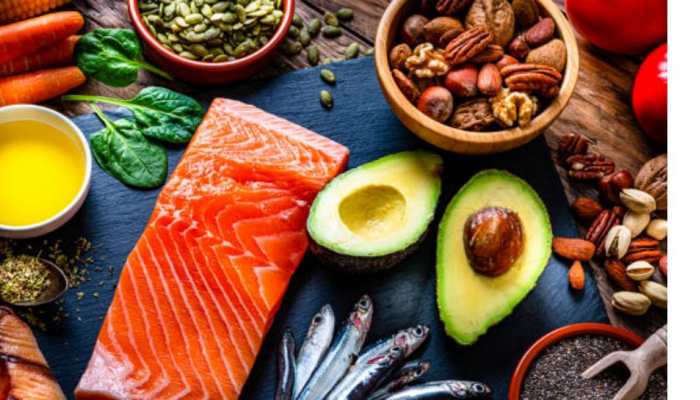Navratri 2020: Here's why eating onions and garlic is a big no during 9 days of festivity!
During Navratri, the entire atmosphere is filled with the festive spirit and devotees begin preparations for it days in advance. Vijayadashami/Dussehra is being celebrated on October 25/26 (depending upon timings).
- There are four types of Navratri throughout the year, each falling in a particular season.
- Durga Puja is celebrated widely by Bengals across the globe.
- This year the 5-day long Durga Puja festivity begins from October 22 to 26 respectively.
Trending Photos
) Pic Courtesy: Pixabay (Representational use only)
Pic Courtesy: Pixabay (Representational use only) New Delhi: The auspicious nine-day festival of Navratri begins this year from October 17 and last till 25th of this month, with Vijayadashami/Dussehra being celebrated on October 25/26 (depending upon timings). The 9-day long festival is dedicated to the different forms of Maa Durga, who is worshipped by the devotees in 9 avatars.
During Navratri, the entire atmosphere is filled with the festive spirit and devotees begin preparations for it days in advance. Maa Durga is worshipped during these nine days and Navratri coincides with Durga Pujo—both celebrate the victory of good over evil. Durga Puja is celebrated widely by Bengalis across the globe. This year it begins from October 22 to 26 respectively.
There are four types of Navratri throughout the year, each falling in a particular season.
The Ghatasthapana will be on Day 1 of the Navratri puja i.e on October 17, 2020, and Goddess Shailputri will be worshipped on this day.
However, the most common and widely celebrated Navratri happens to be Sharad or Shardiya Navratri (September-October) and Chaitra Navratri (March-April) respectively. Now, during the nine-day long Hindu festival of Maa Durga, devotees observe fast and pray to the goddess seeking her blessings.
NO ONION OR GARLIC DURING NAVRATRI:
One thing which remains constant during Navratri is the prohibition on eating onion and garlic for 9 days. But have you ever wondered why?
This time we tried digging deeper into it and got some vital information.
In Hinduism, food items are categorised into three parts namely Rajasic, Tamasic and Sattvik Bhojan. It is believed that Sattvik food items are the ones that provide spiritual advancement—this puts all the vegetarian food items, with few as exceptions, into Saatvik category.
Sattvic diet gives importance to seasonal foods, fruits, dairy products, nuts, seeds, oils, ripe vegetables, legumes, whole grains, and non-meat based proteins.
Rajasic food items, on the other hand, have a stimulating effect on body and mind. It has neither a positive or negative impact on the body.
Food that harms the mind or body is considered to be Tamasic in nature. It is believed to cause mental dullness. Since onion and garlic are classified as Tamasic in nature, they are prohibited during the nine-day-long holy festival.
Hmm, so now you know why 'onion-garlic' stay out of your kitchens during Navratri.
Here's wishing all our readers a very happy Navratri and Durga Puja!
Stay informed on all the latest news, real-time breaking news updates, and follow all the important headlines in india news and world News on Zee News.
Live Tv







)
)
)
)
)
)
)
)
)
)
